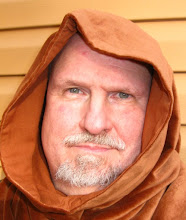Trying to rebuild stocks of Menhaden along the Atlantic Seaboard.
Called menhaden, the fish — part of the herring family — is today mostly used as fertilizer, feed for animals and farmed-fish and bait. Its place in American history goes back to the Pilgrims. Menhaden were the fish that Native Americans taught the Pilgrims to plant with corn as fertilizer. New England tribes in the pre-Colonial era called the menhaden munnawhatteaug, or "fertilizer."
As the most heavily harvested fish, in terms of pounds, on the East Coast, its numbers have dropped to about 10% of its Colonial-era population.
So on Wednesday, the Atlantic States Marine Fisheries Commission voted 14-3 to reduce the amount of menhaden that may be caught by about 25% compared with the previous year's catch. That should mean on average 60,000 metric tons "more fish in the water to help the population begin to rebuild," says John Crawford of the Pew Environment Group's Northeast Fisheries Program.
The commission's decision was complicated, based on the estimated percentage of spawning-aged fish , says Ben Landry, director of public affairs for Omega Protein Corp. The Houston-based company catches 75%-80% of menhaden, which it turns into fish meal and fish oil at its Reedville, Va., plant.
If you've ever read The Old Man and the Boy by Robert Ruark, you'll remember that the Old Man, Capt. Ned Askins, owned a "pogie boat" for Menhaden fishing in Southport, NC, and young Robert had some of his adventures on that boat. You'll also recall that the Old Man was a firm believer in conservation, teaching Ruark the importance of preserving various species (quail, in particular) by not over-hunting or over-fishing.
Subscribe to:
Post Comments (Atom)








No comments:
Post a Comment